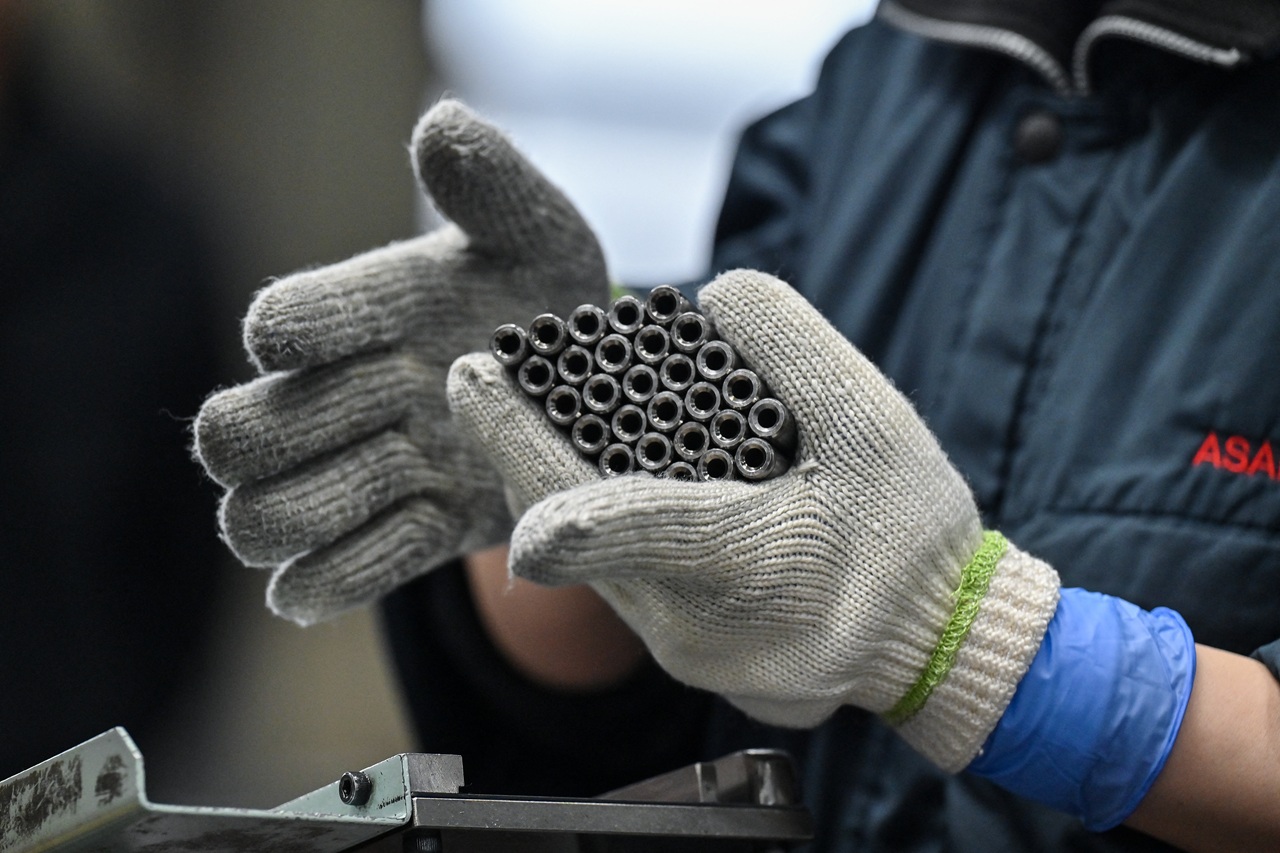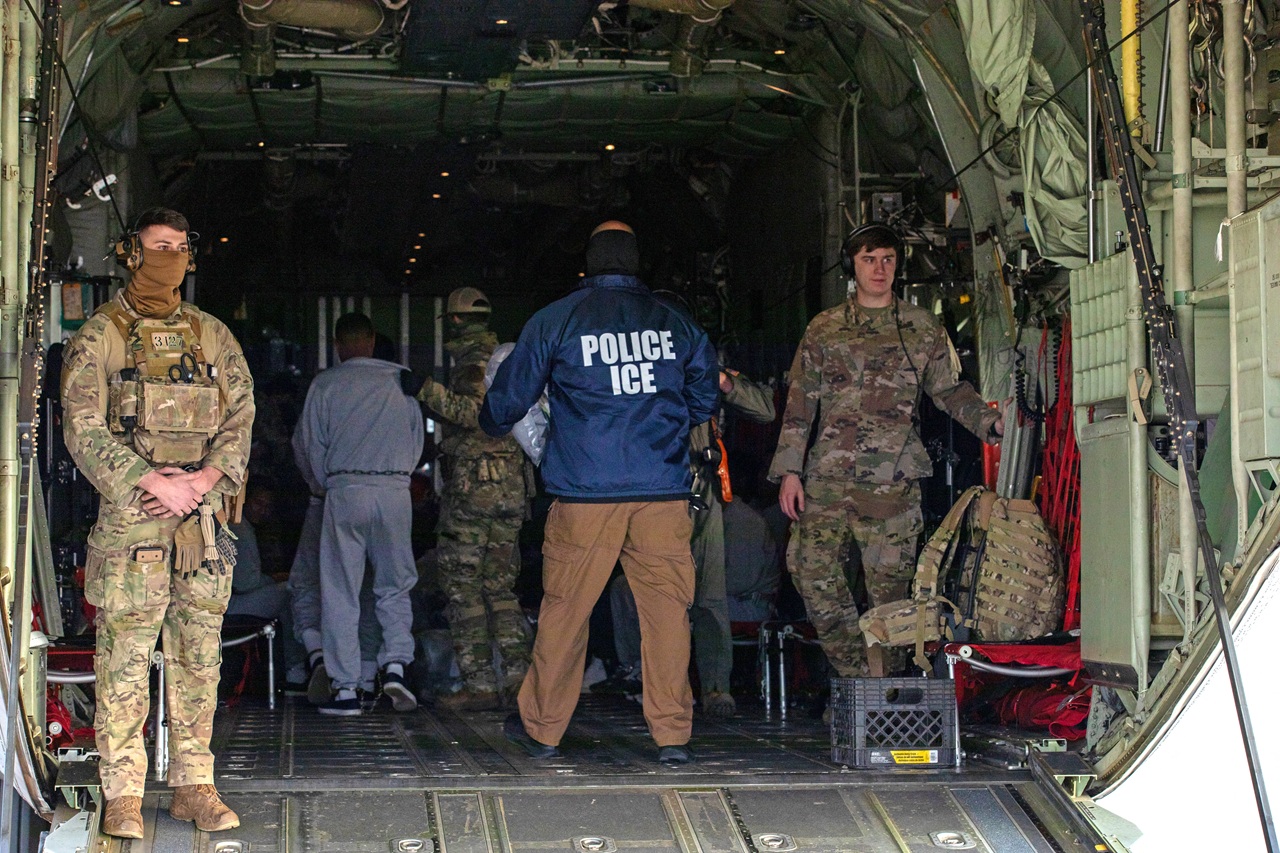
Philadelphia homeless encampments persist as city’s path forward gets murky
Organizers of the two encampments on the Ben Franklin Parkway and Ridge Avenue denied entry to clergy members and outreach specialists earlier in the day.
Philadelphia Deputy Managing Director of Health and Human Services Eva Gladstein called the two homeless encampments that have now been standing strong on the Ben Franklin Parkway and Ridge Avenue for the better part of three, “unlike any others we’ve faced before.”
In the past, the city has cleared big encampments in North Philadelphia as part of its Resilience Project, but the ones demanding their attention these days are organized and ready to fight, according to its activist spokespeople.
The morning of Sept. 9 at 9 a.m. marked yet another deadline the city had set for those in the two camps to vacate, and like the previous two, it passed with both still intact.
At a press conference on the afternoon of Sept. 9, Philadelphia Mayor Jim Kenney recounted the morning’s unsuccessful clearing.
In addition to outreach specialists from the city’s Department of Homeless Services, clergymen from various Philadelphia parishes were on hand to ease tensions between the two sides at odds and coax more taking refuge at the sites to seek the services being offered.
All were denied entry by the camps’ organizers.
“This is extremely disappointing,” Kenney began the virtual press briefing.
He also went on to question the motives of the camp leaders and how many homeless people were actually left in either setup.
“We don’t know because they denied us entry,” he said.
In the end, outreach specialists were able to service eight people seeking housing assistance, adding to the more than 130 that have been serviced since the encampments sprang up.
Although looking far from satisfied with the aid they’ve received so far, the encampments have shone a massive spotlight on the disparity in housing — especially affordable housing — in the city and forced it to fix some things.
“All of us agree with the long-term goals of the protest organizers,” said Gladstein.
Beyond servicing more than 130 people directly from the camps, the city has also expanded its Rapid Re-Housing program to provide more permanent housing options per the demands of encampment organizers.
It’s also initiated a Community Land Trust and tiny-house development for low-income residents.
When it comes to shelter space, the city currently has more than 200 beds available, but many have stayed in the camps out of fear of COVID-19’s spread in the often unsanitary and unsafe conditions of shelters.
It’s the same fear Kenney has for them if they are to stay at the two encampments any longer.
Kelvin Jeremiah, the President and CEO of the Philadelphia Housing Authority (PHA), mentioned both the “extraordinary lengths” gone to by the city to resolve the encampments peacefully and the “desperate need” for long-term permanent housing in the city.
RELATED CONTENT
The problem is mainly at the federal level, according to Jeremiah, and he encouraged the camp leaders to advocate alongside him and the Mayor for more housing funding and more equitable legislation.
Jeremiah’s point was expanded upon a day earlier in a joint letter from councilmembers Jamie Gauthier and Kendra Brooks.
They explained that at the federal level, in addition to limited funding for affordable, permanent housing that doesn’t allow for new initiatives, the city is also hamstrung by the process laid out for people to get into that housing.
Many must transition from a temporary housing situation — like a shelter — before being eligible for placement in permanent housing.
“With such a narrow, all-or-nothing path to long-term housing, many unhoused people get lost in the shuffle,” they explained.
Gauthier and Brooks also said the separation of PHA and the city provide additional complications as both have their own separate affordable housing goals, vacant property disposal processes and required federal approval for projects.
“This is why organizers’ demands for a coordinated response went unanswered,” they wrote. “Any comprehensive response to homelessness will require the City and PHA to work hand-in-hand.”
After Sept. 9’s failure, Kenney said the city is “reassessing its options” without disclosing what any of those “options” were.
Brooks and Gauthier held firm in their belief that dismantling the encampments would be “inhumane” amid a pandemic per CDC guidance and despite a federal judge allowing for their clearing.
“At the end of the day, we know that many of these explanations are going to sound like poor excuses. And frankly, in some respects, they are,” they wrote. “Every Philadelphian deserves to have a roof over their head, and dismantling the encampment doesn’t change that fact.”











LEAVE A COMMENT: